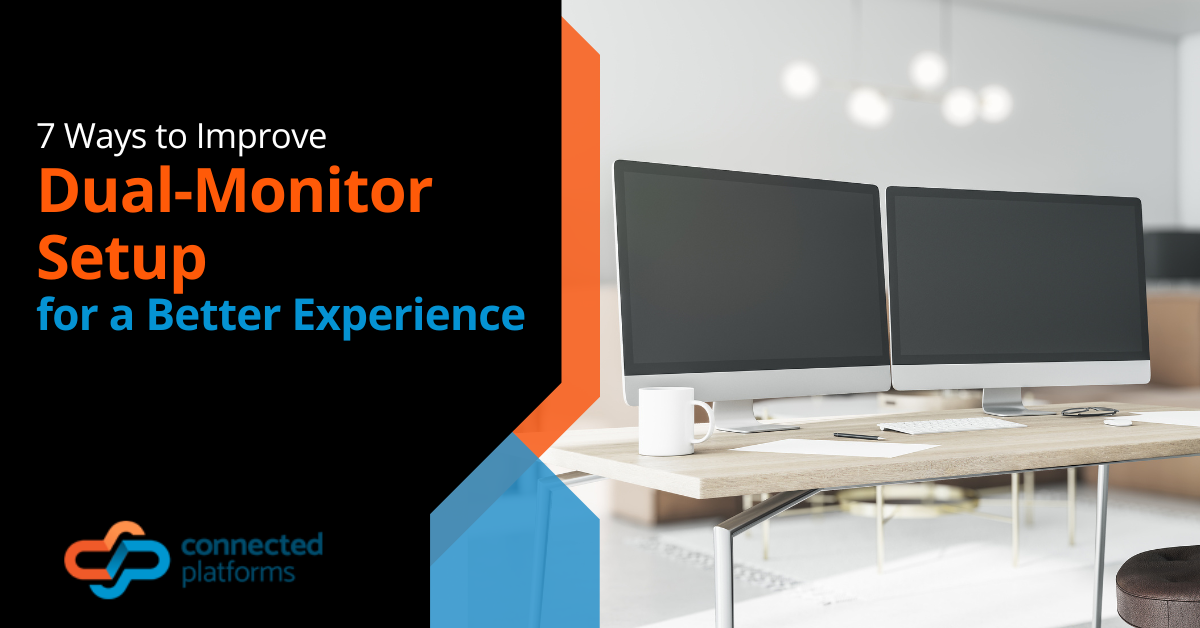Are you interested in learning how you can go about securing IoT devices? The Internet of Things (IoT) has exploded over the last five years. From IP security cameras to voice speaker assistants, we’re getting used to having more of our tools and gadgets being internet connected.
About 127 new devices are connected to the internet every second, and it’s not only consumers that are exploring IoT technology. Almost half of all IoT is used by businesses.
40.2% of IoT devices are used in business and manufacturing.
Smart sensors, smart lighting, internet-connected locks, these are all technologies that companies are utilising to improve efficiency, lower costs, and gather vital business data.
IoT devices not only put new demands on small business Wi-Fi, they can also pose a significant risk to a company’s network security if they’re not set up and maintained correctly.
Securing IoT Devices to Prevent a Security Breach
The growth of IoT devices is all about connection and the power to control efficiency. For example, if you’re connected to your HVAC system, which is in turn connected to a motion sensor, that means you can tell it to save energy when no one is in the room by adjusting temperature settings.
The benefits of IoT are widespread, but it’s a technology that’s often behind computers and mobile devices when it comes to security.
98% of all IoT device traffic is non-encrypted, and 57% of IoT devices are vulnerable to mid and high-level attacks.
Before you start installing new smart devices to optimize your business operations, make sure you follow these important securing IoT devices steps to mitigate your security risk.
Immediately Change the Device Username & Password
Within as little as 5 minutes of being connected, hackers will typically start trying to attack a new IoT device. The manufacturer default usernames and passwords are well known and can be an easy way in for breach attempts.
One of the first things you want to do when setting up any new IoT device is to change the manufacturer’s default login to a secure one.
Use a Strong Password & Multi-Factor Authentication
Resist the temptation of using an easy login password so employees won’t forget. Credential hacking is prevalent, and a weak password is like sending an invitation to break into your network.
Use a strong and unique password for your IoT device, and if possible, implement multi-factor authentication (MFA). MFA offers a significant layer of protection for any login and can keep hackers out even if they have a password.
Use a Non-Descript SSID
The SSID is the name that your device is identified with on the network. When you’re traveling and you click to see available Wi-Fi in the area, the name you see is the SSID of the router.
If you use a device name that tells the hacker the brand or model of a device or even what type it is (e.g. front door security camera), you’re giving them information they can use to compromise your network.
Disable Any Unneeded Features
IoT devices will often come with extra features for connectivity or data sharing. Not all of these are helpful, and some can actually be used by hackers to gain access.
It’s best to disable any features of a device that you’re not using or don’t anticipate using regularly to offer better security. They can always be turned on later if you need them.
Put IoT Devices on a Different Wi-Fi Network
One problem with having sensitive devices (computers, servers) on the same network as less secure devices (IoT), is that a hacker can breach an IoT device and then potentially use its network connection to get to other devices on the same network, including those with sensitive business data.
It’s a good idea to segment your router, which simply means setting up a “guest” network. This gives you a completely different network to use for your IoT devices, keeping them separate from sensitive devices so hackers can’t use one to get to the other.
Keep IoT Devices Updated
Companies can easily forget that IoT devices need updates too, just like computers do. Firmware and software updates will include vital security patches and ensure your device is protected.
Make sure to log in regularly to your device admin panel to check for and apply any updates that may have been issued.
Restrict Access to IoT Devices
As with any company technology, you should restrict access to your IoT devices. This can help you avoid employee mistakes that may reset security settings or expose data unintentionally.
Control who has administrative access to your IoT devices and physical access as well, if possible, to add another important layer of protection.
Securing IoT Devices and Improving Your Network Security Infrastructure is with Connected Platforms.
Connected Platforms can help your company ensure your IoT devices aren’t posing a risk to your network. We can also optimize your Wi-Fi to support new device demands smoothly.
Contact our managed IT services Brisbane team today for a free consultation or to learn more about securing IoT devices on your business network. Call (07) 3062 6932 or book a coffee meeting online.




